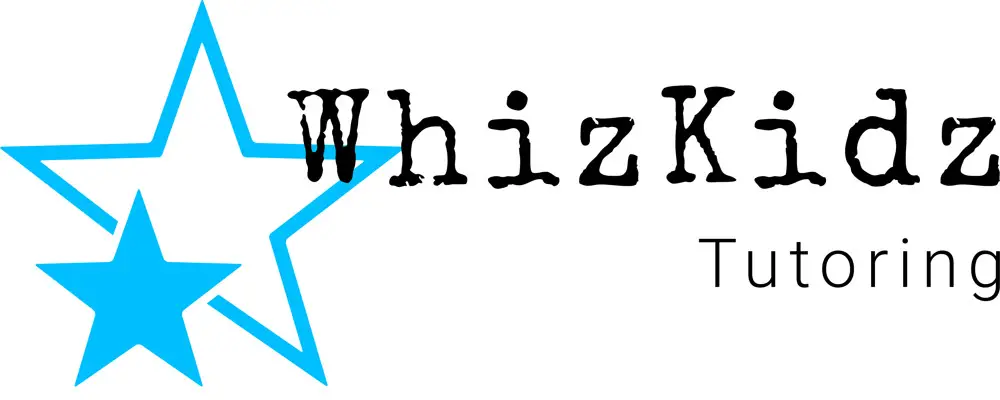Get the Best Family Activities
When you ask your child how she is being hurt give her a menu of emotion options. Say, “These things can make kids feel a lot of feelings. They can feel hurt, angry, scared, and ashamed.” There are feeling charts on the Internet to help children identify feelings which are very useful for these situations.
It’s very tempting for a parent to say to a child, “Don’t let it get to you.” I know very few adults, let alone children, who can remain unaffected by a social hurt or rejection. Saying “Don’t let it get to you” will usually just stop the child from talking to you, which is not good.
Monitor social media and texts. It’s important that you tell the child you are doing this and explain why. “Cyber-bullying” is particularly toxic because it invades the child’s personal space.
Resolving this bullying issue may take some time. It may be a challenge to communicate effectively with your child, especially when there are other children, aging parents, job stresses, and the myriad of other concerns that drain our time. Scheduling and limiting the time you take to discuss this issue is a good idea. Talking endlessly about this problem can almost be as bad as not talking at all.
Know What to Say to, “Why Am I Being Targeted?”
Children often ask this question, and it’s important for parents to have a good response. There is no excuse for bullying, period. Wondering why you have become a target is very toxic, but very hard to stop. While it’s true that being “different” in some way can trigger bullying, a child can be chosen at random, almost as a sport. Or, she can be chosen precisely because she is socially successful. Your child needs to know that she is okay as is, that there is nothing wrong with her because she has been bullied. All kinds of people have experienced bullying.
You may want to intervene directly with the bullying child or her family. But that is something best left to the professionals.
RELATED: Find More Education and School Resources







